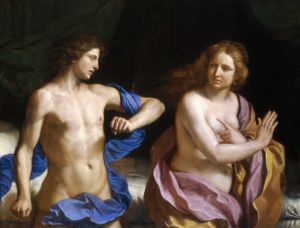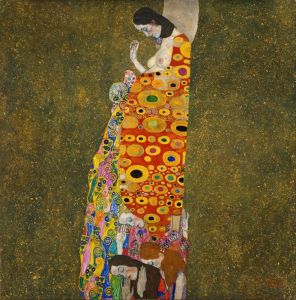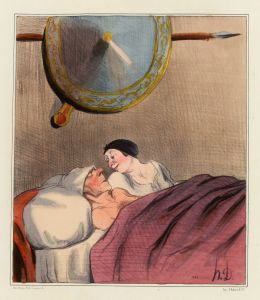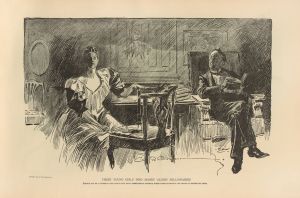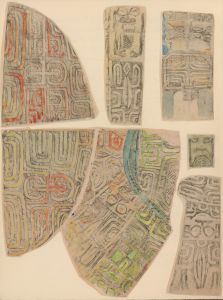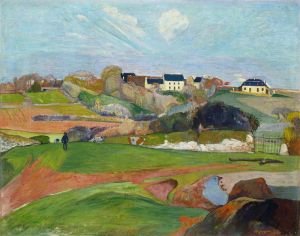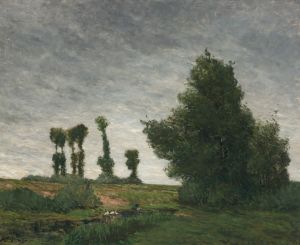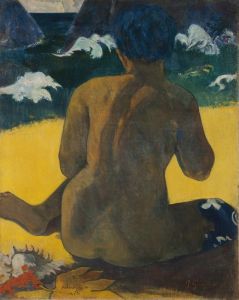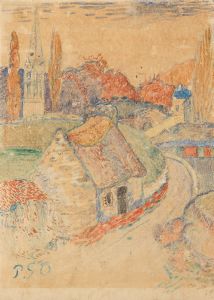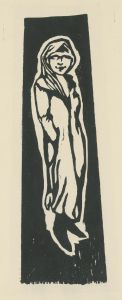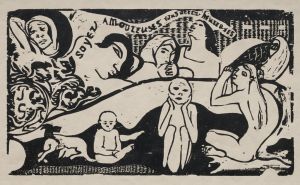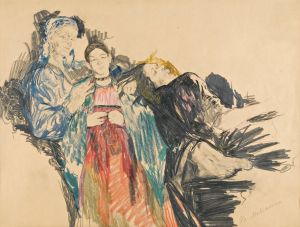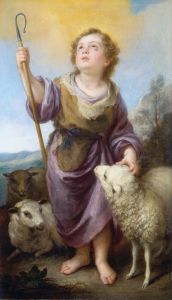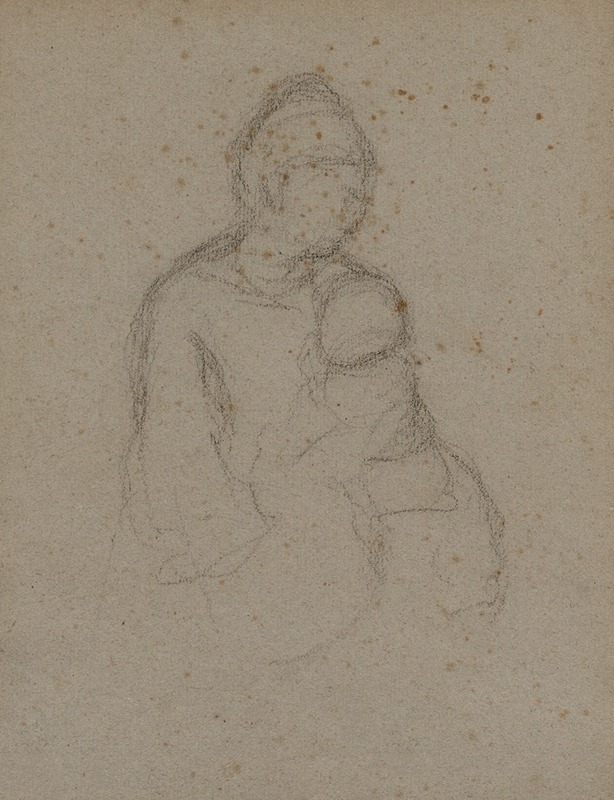
Mother and Child
A hand-painted replica of Paul Gauguin’s masterpiece Mother and Child, meticulously crafted by professional artists to capture the true essence of the original. Each piece is created with museum-quality canvas and rare mineral pigments, carefully painted by experienced artists with delicate brushstrokes and rich, layered colors to perfectly recreate the texture of the original artwork. Unlike machine-printed reproductions, this hand-painted version brings the painting to life, infused with the artist’s emotions and skill in every stroke. Whether for personal collection or home decoration, it instantly elevates the artistic atmosphere of any space.
Paul Gauguin's Mother and Child is a painting created in 1899 during the artist's time in Tahiti, a period that significantly influenced his artistic style and subject matter. This work reflects Gauguin's fascination with the culture, traditions, and people of the South Pacific, which he sought to capture in his art. The painting depicts a woman holding a child, a theme that resonates with universal ideas of motherhood and familial bonds.
The composition of Mother and Child is characterized by Gauguin's use of bold colors, simplified forms, and flattened perspective, hallmarks of his post-Impressionist style. These stylistic choices were influenced by his desire to move away from the conventions of European academic art and to explore what he perceived as the "primitive" and unspoiled qualities of Tahitian life. The figures in the painting are rendered with a sense of calm and dignity, emphasizing their connection to the natural and spiritual world.
Gauguin's time in Tahiti was marked by his attempt to immerse himself in the local culture, although his understanding and representation of it were often filtered through a European lens. In Mother and Child, the figures are dressed in traditional Tahitian clothing, and the setting includes elements that suggest a tropical environment. However, Gauguin's portrayal of Tahitian life has been critiqued for its romanticized and idealized perspective, which often ignored the realities of colonialism and the impact of European influence on the region.
The painting is notable for its emotional resonance and the way it conveys a sense of intimacy between the mother and child. This theme of maternal care and protection is one that Gauguin revisited in several of his works, reflecting his interest in universal human experiences. Mother and Child is also an example of Gauguin's broader exploration of spiritual and symbolic themes, as he often sought to imbue his works with deeper meanings beyond their surface appearances.
Today, Mother and Child is recognized as an important example of Gauguin's Tahitian period and his contributions to the post-Impressionist movement. The painting is held in the collection of the Hermitage Museum in St. Petersburg, Russia, where it continues to be studied and appreciated for its artistic and cultural significance.





